Geometry - Arnold User Guide
Thin Walled
Thin walled can also provide the effect of a translucent object being lit from behind (the shading point is 'lit' by the specified fraction of the light hitting the reverse of the object at that point). It is recommended that this only be used with thin objects (single-sided geometry), as objects with thickness may render incorrectly.
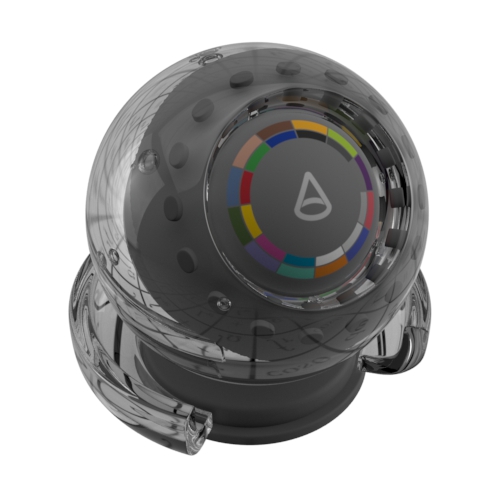 |
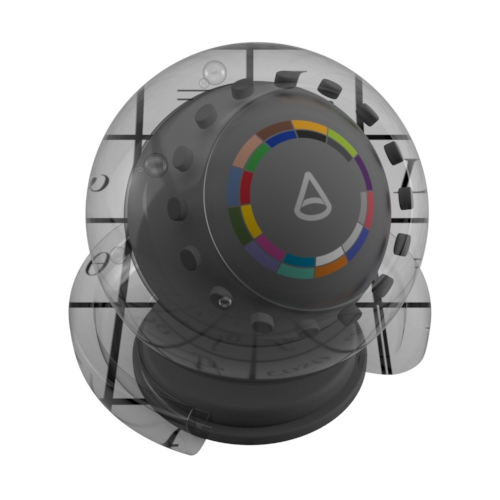 |
| Disabled | Enabled. Background behind object is not refracted. |
Thin Walled is ideal for thin (single-sided) objects, like bubbles, for example.
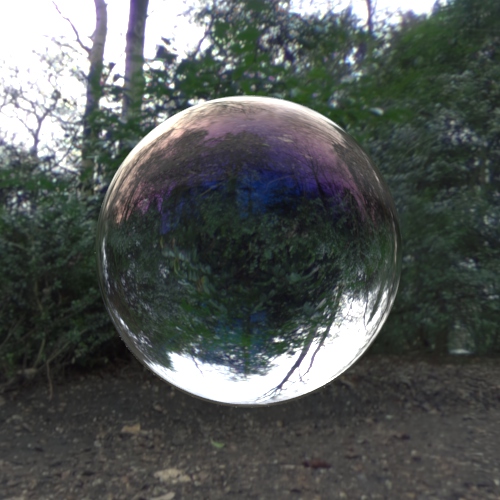 |
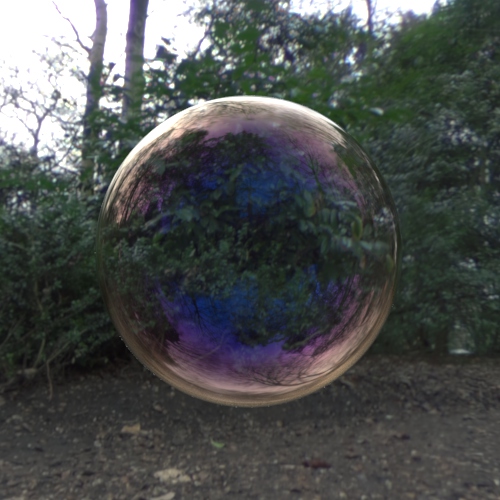 |
| Disabled (default) | Enabled |
Thin Walled Translucency
The appearance of this effect is like a thin sheet of paper letting some light through to the backside.
For diffuse surfaces such as paper, enable Thin Walled and set Subsurface Weight to, for example, 0.5 to have half the light reflected and half transmitted.
The SSS Type should not affect the result, as in Thin Walled mode, it uses a completely different integration technique.
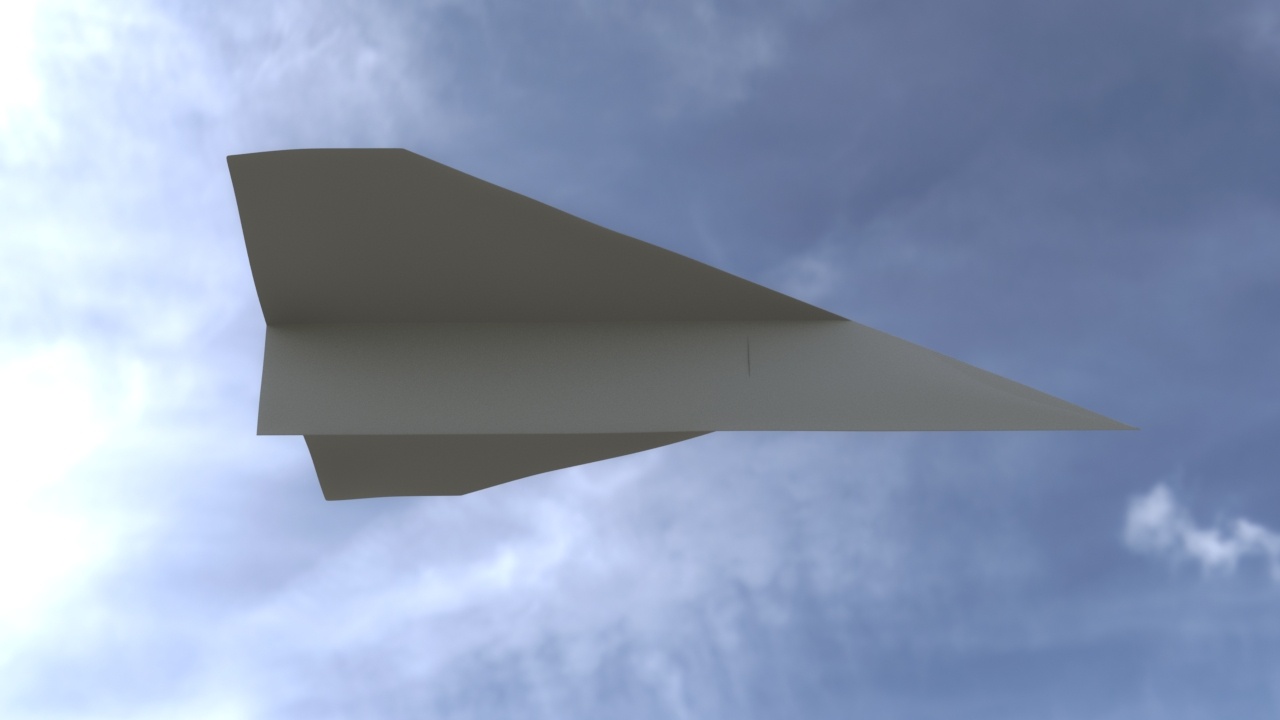 |
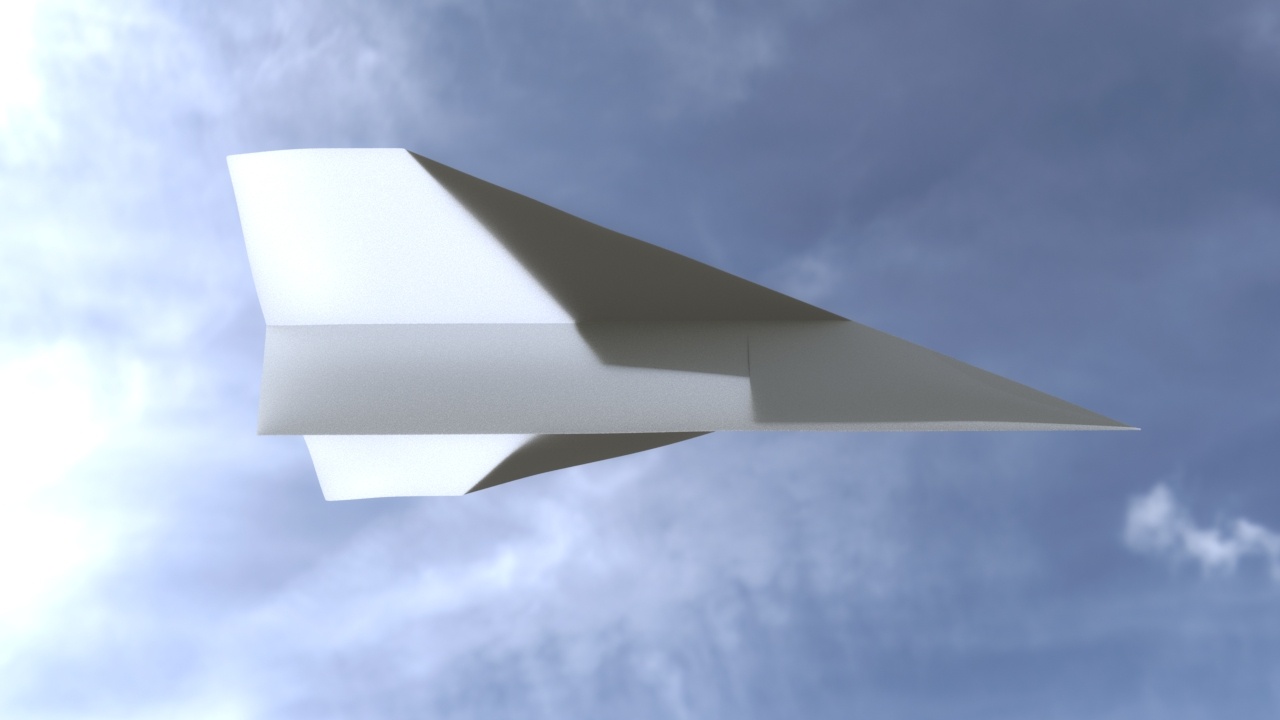 |
| Disabled | Enabled |
In certain situations, Thin Walled may work fine with thickness. However, you should ensure that the Diffuse Ray Depth level is above 1 when using Thin Walled with objects that have thickness.
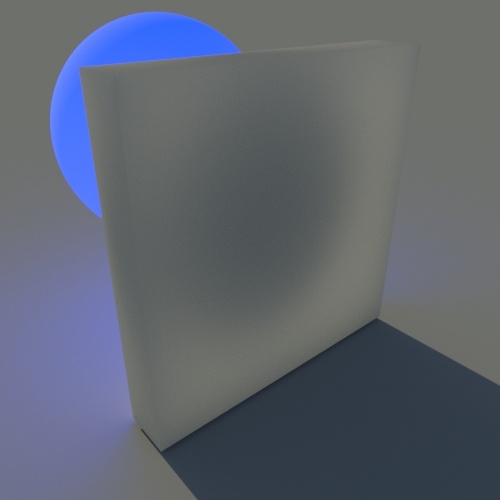 |
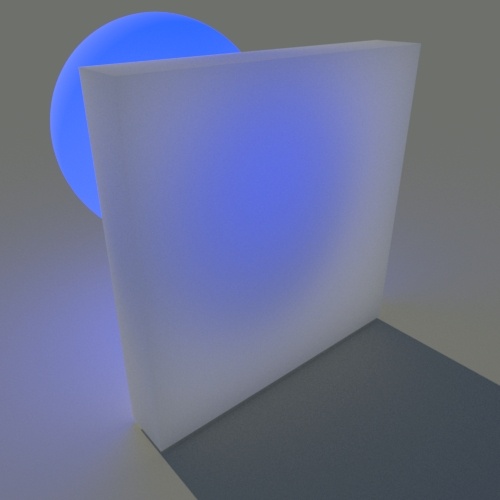 |
| diffuse ray depth: 1 (default) | diffuse ray depth: 2. Blue emission is visible. |
Opacity
Controls the degree to which light is not allowed to travel through it. Unlike Transmission, whereby the material still considers diffuse, specular, etc., the Opacity will affect the entire shader. Useful for retaining the shadow definition of an object, while making the object itself invisible to the camera.
You must ensure that Opaque is disabled for the mesh that the Standard Surface shader is assigned to when using Opacity.
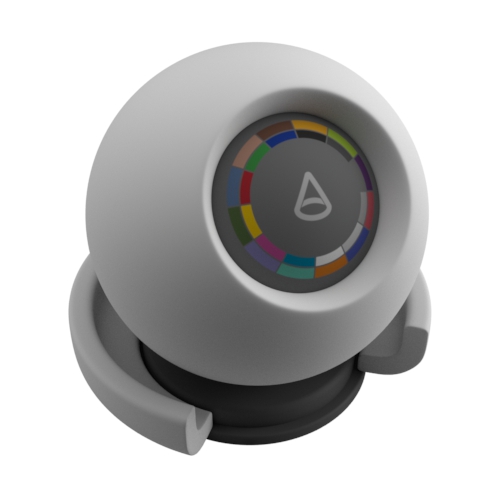 |
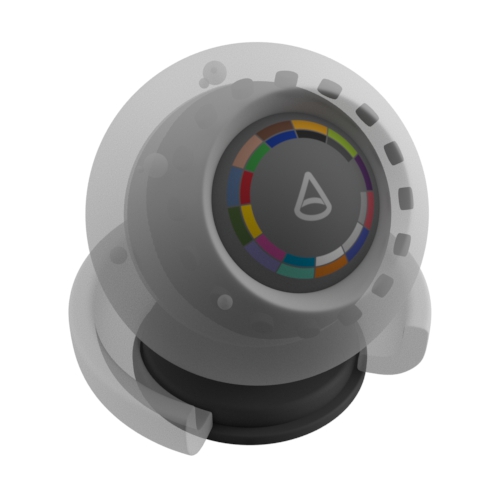 |
 |
| 1 (default) | 0.5 | 0 |
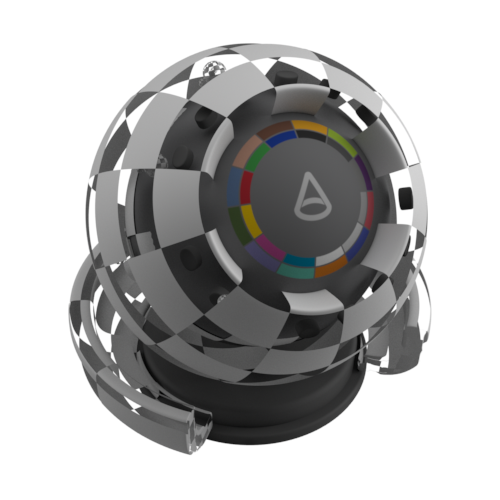
checker -> opacity
Anisotropy Tangent
Let's you specify a custom tangent for specular anisotropic shading. For example, if the mesh has tangent user data, that could be linked here.
